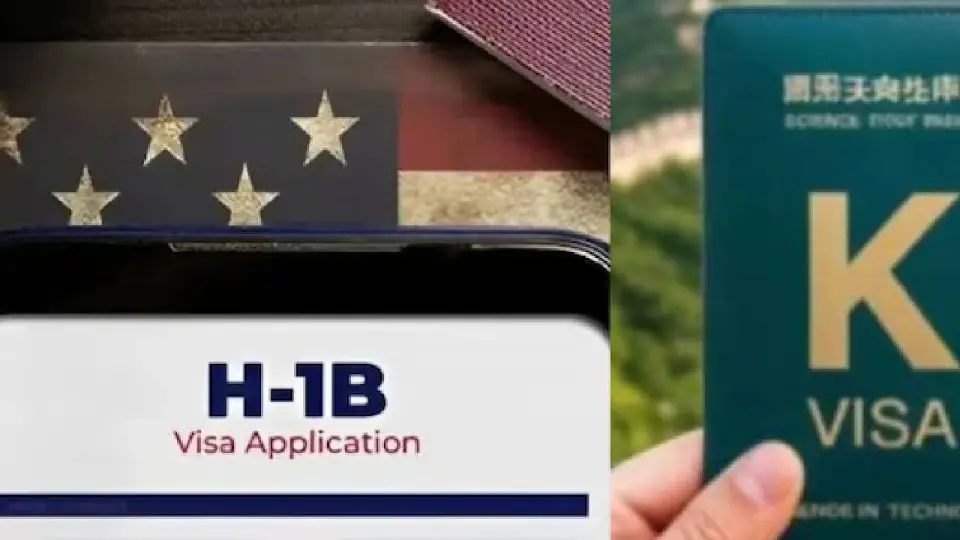
Credit:Top Indian News (Credit:Top Indian News)
International News: China has introduced a brand-new K visa, effective from October 1, 2025, designed to bring young talent from around the world. The scheme focuses on graduates in science, technology, engineering, and mathematics, known as STEM fields. It provides residency and work permits without the need for a job offer
The move signals Beijing’s strategy to present itself as open to innovation and global expertise. While many countries are tightening immigration, China is trying to go the opposite way. The policy is also a response to economic and technological competition with the United States. Experts say it could attract a wave of applicants.
The announcement comes just as the US administration under President Donald Trump raised H-1B visa fees to $100,000. This sharp increase has worried many applicants, especially from India’s IT sector. The US also plans to replace the lottery-based system with a weighted system, further complicating the process.
With these changes, Indian and other international students are considering alternatives. China’s K visa appears perfectly timed to give them another option. Immigration lawyers say that while America builds walls, China is opening doors. The contrast highlights the growing rivalry between the two superpowers.
According to KPMG’s analysis, the K visa is mainly for young professionals in STEM-related areas. Applicants must hold at least a bachelor’s degree in these subjects. Degrees from well-recognized global universities or Chinese institutions are valid. Young foreign professionals already working in education or research within STEM may also apply.
Unlike traditional visas, the K visa does not need sponsorship from a Chinese company. Instead, it uses criteria such as age, academic background, and professional experience. This makes it easier for fresh graduates to enter without corporate ties. The application system is expected to be simpler than the US model.
The K visa provides multiple benefits compared to older visas. Holders can enjoy longer residency and more flexible travel rules. They may take part in educational, scientific, cultural, and entrepreneurial projects. Most importantly, there is no employer sponsorship requirement, which has always been the biggest challenge for H-1B applicants in the US.
It allows them to explore work, research, or business opportunities with greater independence. Officials say the goal is to make China more welcoming for innovators. For young graduates, it is a chance to develop skills without the pressure of immediate employment contracts.
Despite its advantages, the new visa has major challenges. Chinese rules remain unclear about applicant age, qualifications, and work experience details. It is also uncertain whether the visa allows family members to join. Unlike the US, China does not usually offer citizenship to foreigners. Language is another barrier, since most Chinese tech firms work in Mandarin.
For Indian applicants, political tensions between the two countries may create limits. Experts suggest that unless Beijing ensures transparency, the scheme may not reach its full potential. Without cultural integration, many skilled workers may hesitate to move.
Indians form the largest group of H-1B recipients, with nearly 71% of approved applications last year. Many are now rethinking plans due to high US costs. Students and young professionals see China’s K visa as an alternative to pursue STEM careers.
Other countries like South Korea and Germany are also making visa rules easier. This global competition shows how skilled migrants are now highly valued. Analysts say even if China attracts a small share of foreign talent, it could boost its technological edge. For India, it means weighing opportunities carefully amid ongoing border tensions.
China currently hosts less than one million foreigners, compared to 51 million in the United States. The K visa may not change this overnight, but it is a step in a new direction. By lowering barriers, Beijing is trying to show the world it can compete for brains, not just factories.
If implemented well, the K visa could attract researchers, entrepreneurs, and innovators. If not, it may remain symbolic without real results. Either way, the timing challenges US immigration policies and highlights the global race for talent. In a world driven by technology, human capital is power.
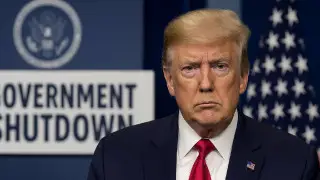

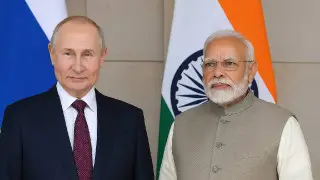
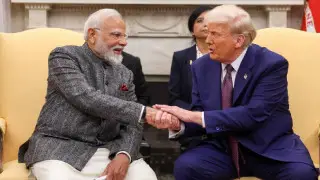
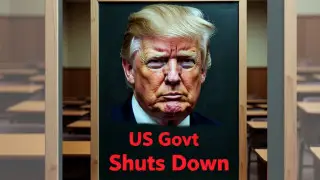








Copyright © 2025 Top Indian News
